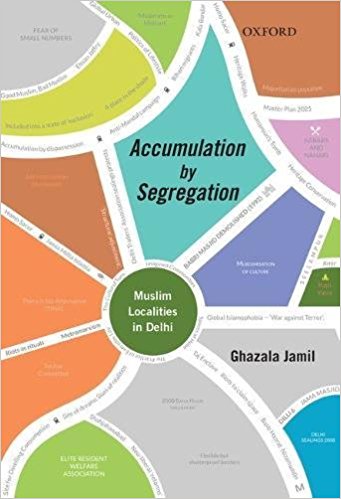Muslim life in urban India has attracted fresh attention since the publication of the Sachar Report a good decade ago. The subsequent debate has gone through three distinct stages. Initial scholarship, including the report itself, outlined and quantified the extent of Muslim disadvantage with a broad brush. It demonstrated violent exclusion over decades; the associated deprivation in health, employment, housing, and other material indicators of development; and the symbolic marginalization of Muslims in the emerging middle-class narrative of ‘Shining India’.
Roughly five years later, Laurent Gayer and Christophe Jaffrelot published Muslims in Indian Cities, a groundbreaking volume that added a decidedly spatial dimension to the debate and at the same time unpacked the generic post-Sachar picture into multiple distinct trajectories of marginalization. Not every segregated Muslim space in urban India is a ‘ghetto’, not every demographic concen-tration is the outcome of communal violence, and the story of former princely seats of power like Lucknow or Bhopal can be quite different from that of declining working class cities like Ahmedabad or Bombay¬—or so the argument went.
March 2018, volume 42, No 3

